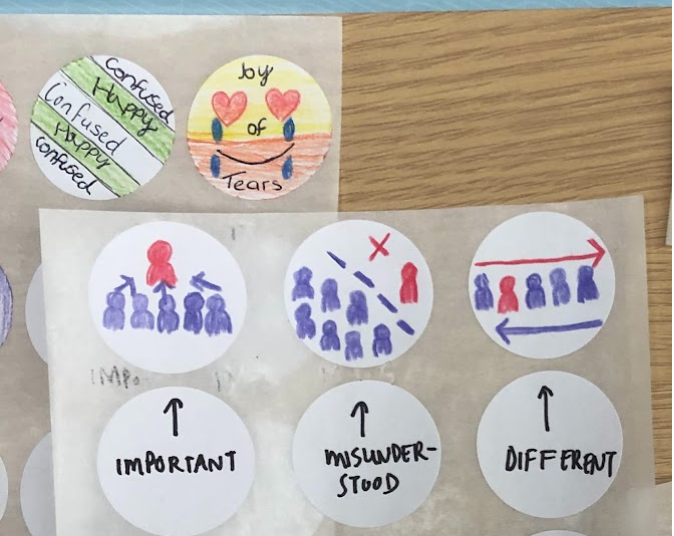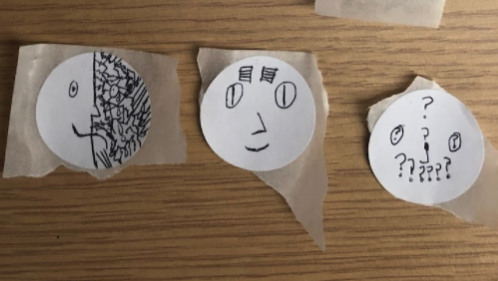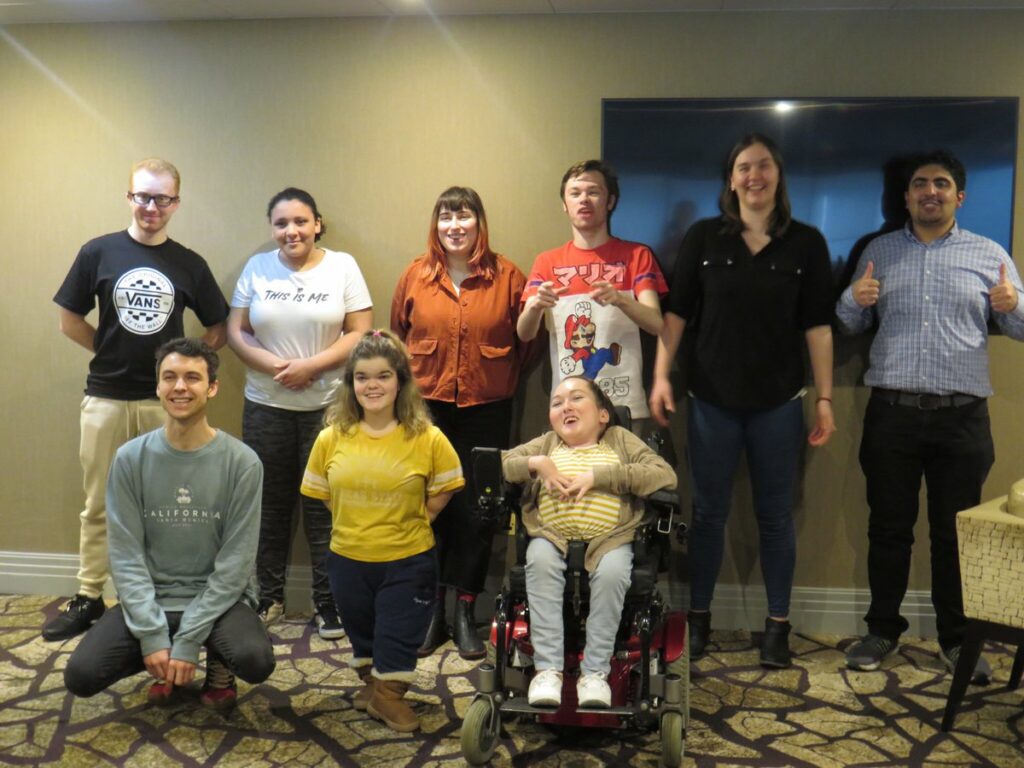Background
The experience of transition from childhood into adulthood can be traumatic for many young people with additional support needs. Their voices and dreams are unheard, their needs and struggles not sufficiently supported, and in some cases, young people may not be invited to the very meetings where their futures are decided.
Passio worked with a group of young people aged 16-25 known as the ‘Divergent influencers’; a group of young people picked by ARCScotland to be the voice of young people across Scotland. Passio has been working with this group to co-produce a tool to support and educate young people across Scotland prepared and able to confidently advocate for their future.
Goal
To accurately understand young people’s experiences of school and create an inclusive design process to achieve this.
Design Challenges
The double empathy problem states that non-neurodivergent people can understand and communicate with each other and Neurodivergent groups can equally communicate within their groups well. Mismatch occurs when both groups try to communicate with each other.
Knowing this, how can we design processes that bridge our worlds, build shared understanding and vocabulary so that we can work together, combine our expertise and co-design a successful solution?
We contemplated using emojis and feeling charts to help us understand the young person’s journey as these kinds of activities should be familiar, intuitive and accessible. However, neurodivergent groups experience and express emotions differently.
Emoji’s are subjective and created by Neurotypical standards so what if your feelings do not fit into these boxes?
Here is an example to illustrate this point:
Does the image represent an individual being constipated? Angry? Sad?
If we look at typical feeling charts they do not encapsulate other affective states such as “Sensory overloads”. Thus, if a user cannot find an Emoji or the language to represent how they feel, they must find an approximation. In design this means losing valuable insight and connection to true experience.
Finding a new approach
Dr Dinah Murray introduced me to ‘autimoji’s’. These were emojis created by autistic people to showcase their own emotional range. Here are a few examples. Notice they do not have facial expressions?
Upset but not obvious
Upset by sensory disturbance (usually caused by lack of meaning)
Design process
We built upon the idea that normal emotional scales would not fully encapsulate neurodivergent experience. Thus we created a new activity. We asked young people to create three emojis to represent their school experience using automoji’s as prompts.
Results
The Divergent Influencers were highly engaged and creative. Here, a young person drew an emoji of “Shrek”. He explained he felt like an Ogre, misunderstanding him when he was a really soft and kind person!
Below you can see conflicting emoji with a person feeling happy, confused, happy, confused all at once!

Below a person described feeling fragmented! I could never have imagined feeling like this without this imagery!

The feedback from the Divergent Influencers was that they greatly enjoyed the activity and they found it highly inclusive. It is still to this day one of the most enjoyable workshops we have been a part of that is due to the spirit, expertise and incredible insight of the Divergent Influencers.

Conclusions
Working with young people to create their own emoji’s proved to be an effective approach to building bridges. We gained an understanding of the colourful experience of young people’s experience of school and it provided a platform for interesting group discussion. Passio saw a new perspective and different way of seeing the how school was different for many young people, something we would have never imagined.
As one parent said:
“I never knew how my child felt because she was unable to articulate her experience. If I had something like this, it would have made such a difference to her life.”